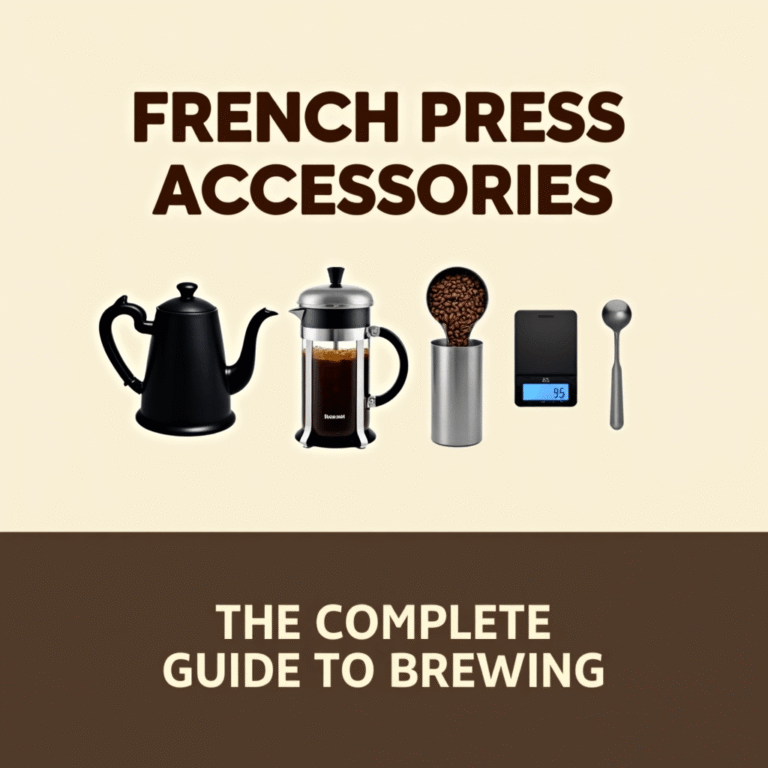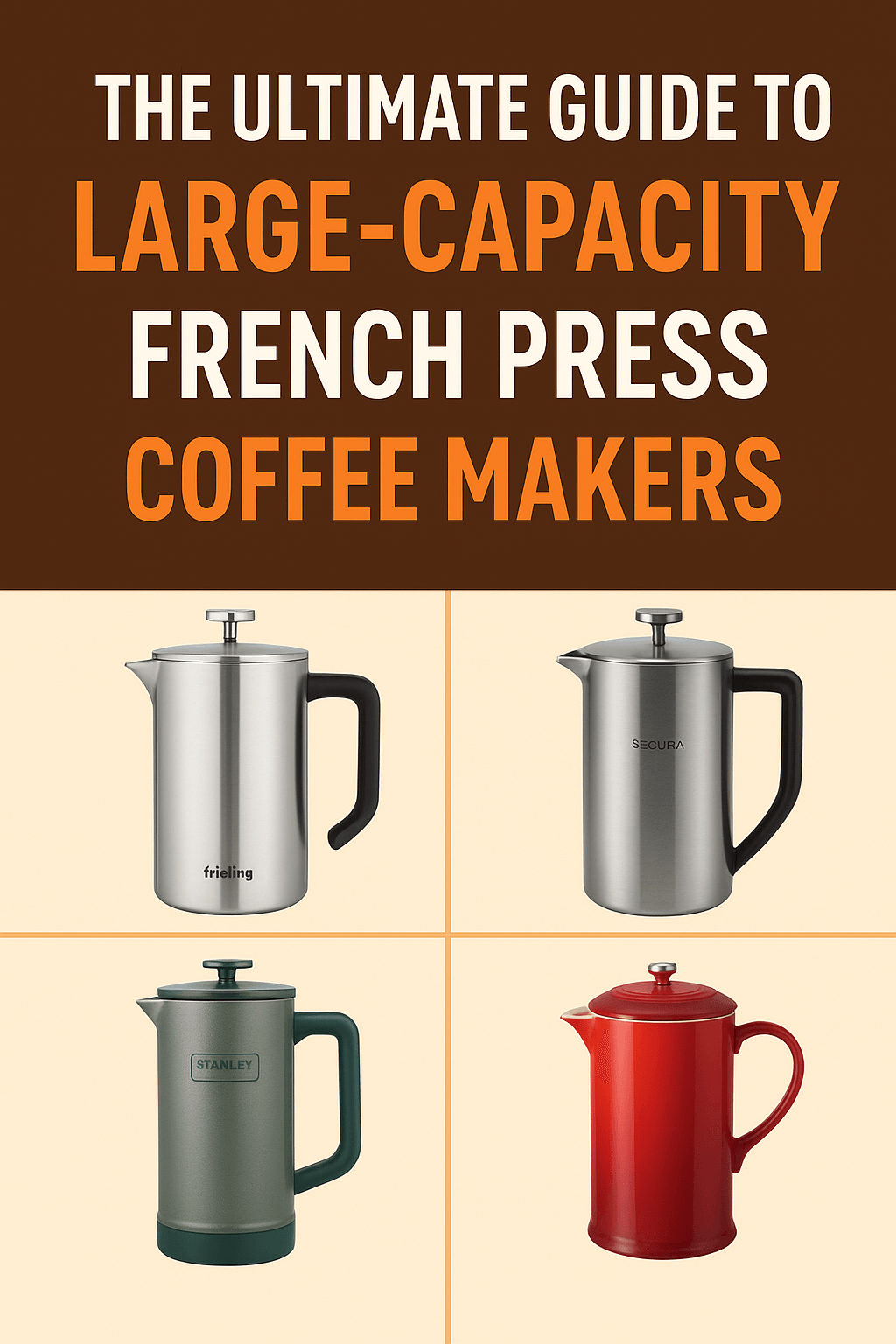Introduction
Have you recently decided to start brewing coffee at home? Welcome. For many of us, coffee is more than a drink—it’s a daily ritual, a source of comfort, and, for some, the only way to start the day. Today, with the coffee gear starter kit, you’re about to step into one of the most rewarding hobbies around. Preparing your own coffee isn’t just about saving money on café visits (though that’s a nice perk). It’s about crafting a cup that’s exactly to your taste, experimenting with brewing methods, and learning what makes coffee such a fascinating drink.
But here’s the challenge: with so many tools, gadgets, and machines out there, it’s hard to know what you really need as a beginner. That’s why I’ve put together this Ultimate Coffee Gear Starter Kit. Even if you’re looking for the essentials or want to explore a few extras, this guide will help you get set up without the overwhelm.
Why You Need a Coffee Gear Starter Kit
When most people begin their home coffee journey, they make the mistake of thinking that all they need is a bag of beans and a coffee maker. While that’s technically true, you’ll quickly realize that your gear can make or break your brew.
- Freshness matters. Pre-ground coffee loses its flavor fast. Grinding your own beans makes a huge difference.
- Brewing method matters. A French press, pour-over, and drip coffee maker all produce very different cups.
- Consistency matters. Using tools like a scale helps you brew with precision, allowing you to get the same results every time.
A starter kit ensures you have the right basics to enjoy better coffee from day one.
1. Fresh Coffee Beans (The Foundation)
Before we dive into gadgets, let’s start with the most important ingredient: coffee beans. Gear can’t fix bad beans. Invest in freshly roasted coffee from a local roaster or a reputable online shop.
Pro Tips:
- Buy whole beans, not pre-ground.
- Look for a “roasted on” date (fresh beans are best within 2–4 weeks of roasting).
- Start with a medium roast—it’s forgiving and works with most brew methods.
2. A Quality Burr Grinder
If you buy one piece of gear beans, make it a burr grinder. Why? Grinding coffee just before brewing unlocks flavors that you can’t get from pre-ground. Blade grinders chop beans unevenly, while burr grinders crush them consistently—giving you a balanced, flavorful cup.
Great Beginner Options:
- Baratza Encore ESP – Reliable, easy to use, perfect for most brew methods.
- Oxo Brew Conical Burr Grinder – Budget-friendly and compact.
- Hario Skerton Pro (Manual) – It’s an affordable hand grinder, great for travel or small kitchens.
Why It Matters:
Grind size affects taste. Too coarse = weak coffee. Too fine = bitter coffee. A burr grinder gives you control.
3. Brewing Method: Pick Your Style
There’s no single “best” coffee maker—it depends on your taste and lifestyle. Here are the top beginner-friendly brewing methods:
a) French Press
- Rich, bold flavor with a heavier body.
- Very forgiving— only add coffee, water, steep, and plunge.
- Affordable and durable.
b) Pour-Over (V60, Kalita Wave, Chemex)
- Clean, bright flavors that highlight subtle notes.
- Lets you control every step for precision.
- More learning curve, but worth it.
c) Automatic Drip Coffee Maker
- The easiest option for brewing multiple cups.
- Modern models (like Bonavita or Technivorm) brew at proper temperatures for great flavor.
d) Aeropress
- Compact, versatile, and travel-friendly.
- Can make espresso-like coffee or American-style brew.
- Loved by beginners and pros alike.
Tip: Start with one method, master it, then explore others.
4. A Gooseneck Kettle
If you’re brewing with pour-over or Aeropress, a gooseneck kettle is a game-changer. The narrow spout helps you control the water flow, which is key for even extraction.
- Electric option: Fellow Stagg EKG (sleek design, precise temperature control).
- Budget option: Hario Buono (stovetop, reliable).
Even if you start with a French press, you’ll eventually want a kettle for versatility.
5. A Coffee Scale
Measuring coffee with scoops or “eyeballing” leads to inconsistent results. A digital coffee scale ensures you use the right ratio every time. Most baristas use a 1:15–1:17 ratio (coffee to water).
Recommended beginner scales:
- Hario V60 Drip Scale – Accurate, simple, built-in timer.
- TimeMore Black Mirror – Affordable, modern, USB-chargeable.
Once you use a scale, you’ll never go back—it’s the difference between guessing and precision.
6. A Coffee Storage Canister
Air, light, heat, and moisture are coffee’s enemies. Instead of leaving beans in the bag, use an airtight container to keep them.
- Fellow Atmos Canister – Vacuum-sealed, stylish.
- OXO Steel Pop Container – Budget-friendly and effective.
This keeps beans fresh longer, which means better coffee for you.
7. A Milk Frother (Optional but Fun)
If you love lattes and cappuccinos, add a milk frother to your kit. You don’t need a fancy espresso machine to enjoy frothy drinks at home.
- Handheld frother (like Zulay) – Budget, portable, easy to use.
- Automatic frother (like Nespresso Aeroccino 4) – Heats and froths at the push of a button.
Perfect for creamy café-style drinks.
8. Bonus Extras for Coffee Lovers
Once you’ve got the essentials, you can slowly add extras:
- Coffee dripper stand (practical for pour-overs).
- Espresso machine ( To go pro).
- Cold brew maker ( Summer or smoother flavor).
- Coffee journal (track beans, brew methods, and flavor notes).
Your Beginner Coffee Gear Starter Kit Checklist
Here’s what your Ultimate Starter Kit might look like:
- Fresh, whole coffee beans
- Burr grinder (manual or electric)
- Brewing method (French press, pour-over, drip, Aeropress)
- Gooseneck kettle
- Digital scale
- Coffee storage canister
- Milk frother (optional)
How Much Does a Beginner Coffee Setup Cost?
You don’t need to spend thousands to brew excellent coffee. Here’s a rough breakdown:
- Budget setup ($100–$150): Manual grinder, French press, basic kettle, handheld frother.
- Mid-range setup ($200–$400): Electric burr grinder, pour-over kit, gooseneck kettle, scale, storage canister.
- Premium beginner setup ($500+): Automatic grinder, premium dripper, electric kettle with temp control, high-quality frother.
Start small and upgrade as you go—your skills will grow with your gear
Tips for Success as a Beginner
- Experiment. Try different brew methods, ratios, and beans.
- Take notes. Keep track of what you like and what you don’t.
- Start simple. Don’t buy everything at once—master the basics first.
- Have fun! Coffee is a journey, not a race.
Final Thoughts About the Coffee Gear Starter Kit
Building your coffee gear starter kit doesn’t have to be intimidating. With fresh beans, a burr grinder, and one brewing method you enjoy, you’re already ahead of 90% of casual coffee drinkers. From there, adding tools like a scale, kettle, and storage canisters will only improve your results.
The beauty of coffee is that it’s endlessly customizable. Whether you love bold French press coffee, delicate pour-overs, or creamy lattes, the right starter kit gives you the foundation to explore, experiment, and enjoy café-quality coffee right at home.
Let’s do this! Grab your gear, brew your first cup, and welcome to the world of home coffee brewing—you’ll never look at a coffee shop the same way again.



